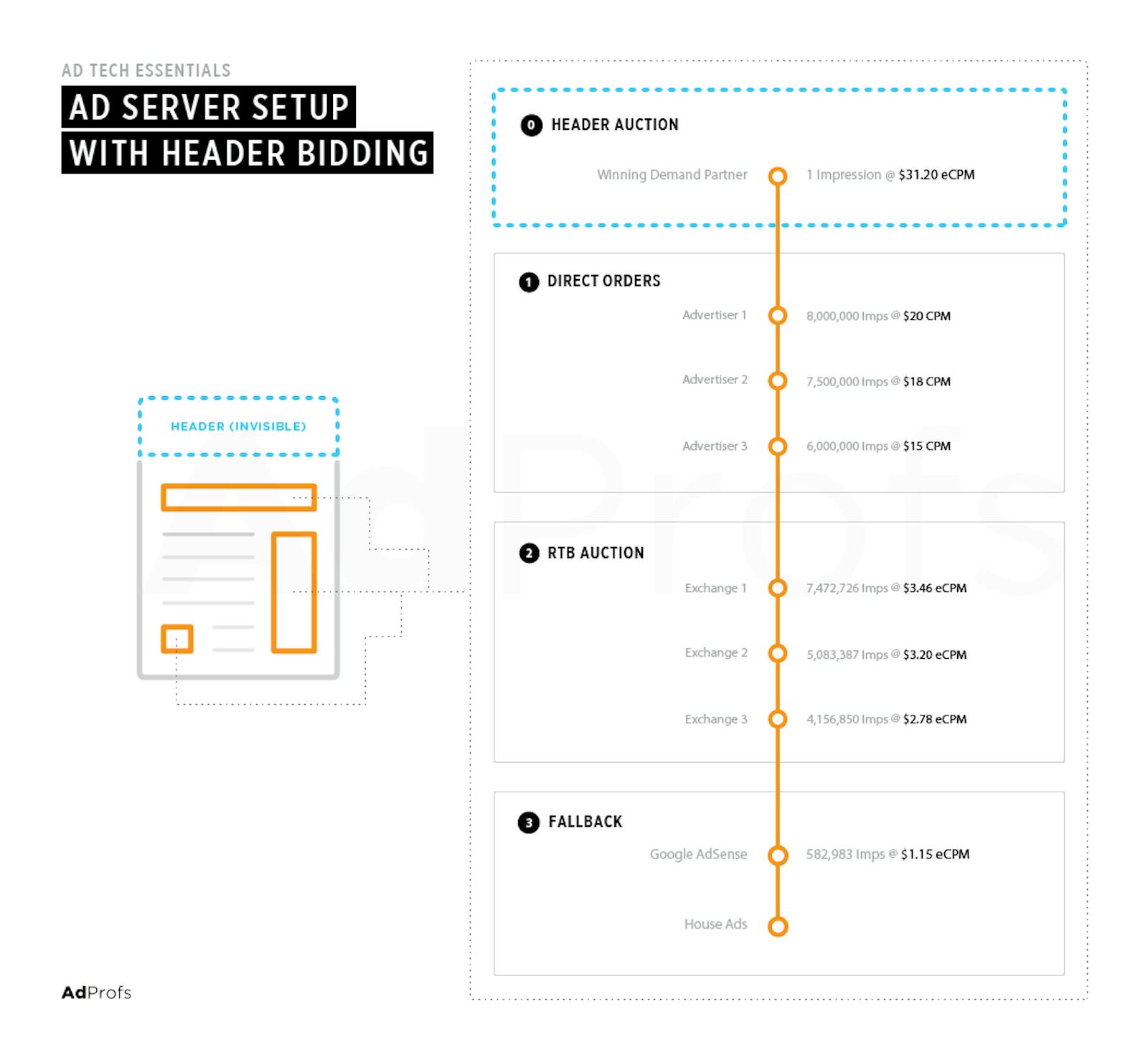
Offer Yehudai is the President at Fyber. His previous company, Inneractive was a leading mobile ad exchange geared towards video and native ads and was acquired by Fyber back in 2016.
Below is an excerpt from our interview with him in which he shares the challenges he faced during the acquisition, his input on programmatic advertising, useful tips on how to monetize mobile games and what is in-app true header bidding.
Offer, tell us about the acquisition
We started Inneractive in ’07, way back before iPhones and androids. Those were the Nokia days. We built a business and it took us a couple of years, but when it took off…it really took off!
Inneractive was all about helping publishers and game developers make more money. When we met the Fyber founders in the beginning of 2016, there was this click and we began working together. By the end of 2016, just like good friends, we said, “hey, let’s make something big together”, and that’s when the acquisition happened. It was a very natural process.
What was the failure or lesson out of the acquisition?
As an Israeli entrepreneur, the day after the acquisition, the board asked us, “how long do you think it will take to merge the companies together?” And we thought we could do it in less than a year.
It’s not that complicated, right?
The reality taught us that it takes time to bring people together and align everyone. In fact, that’s where 95% of acquisitions fail in that process of merger. Luckily we did succeed, but not under a year. It took us about 2 years to bring everything together.
What’s the biggest question that developers usually have about programmatic advertising?

The biggest question is: What’s the difference between what I’m doing today and why can’t I just use one or two ad networks? How can programmatic advertising really benefit me?
Sometimes people ask what is programmatic? Is it like a web or desktop thing? And can it really work for mobile game developers?
I think programmatic means eventually automation.
It means that there are not just people pushing buttons, but there are machines who make decisions really, really fast and those decisions eventually translate into more money.
Those decisions can change waterfall order, who are the buyers that are allowed to buy or advertise in my games. It's not just something that you change once or twice a day. It's something that is changed all the time for different users.
For example, some people play the game for five minutes and some play for much longer and we need to personalize the experience for them and that's what programmatic is all about.
Do you still need a user acquisition lead if everything is taken care of by the machines?
The answer is yes. I mean the machines are great, but I think I like humans more.
There is always this hybrid approach.
Programmatic advertising takes away a lot of the load and the time from the people who manage UA campaign and gives them more time to try new things. They can explore new geos, new ad units or perhaps a new partner.
The routine work goes away and the people you have on the team can try new things and that's how you can better leverage the time or the resources that you have.
What is true in-app header bidding?
Usually, in a waterfall scenario, we go from one advertiser to another and ask the ad network, “Hey, do you have an ad to sell in my game?” and the answer may be yes or no. We call the networks in the right order, meaning from the highest CPM to the lowest CPM. That’s a waterfall.
And it was like this forever, even on desktop and mobile web.

In header bidding, as the name implies, we call everyone at once and let the highest bidder win. Sometimes, in the waterfall scenario the one at the bottom that yesterday had a very low CPM, may have a great CPM today, just this moment, for this very user. However, nobody knows that, so you might call them last and miss a great opportunity.
If you could call everyone in parallel and let them all bid in one auction at the same time, you really maximize your revenue.
Header bidding is about taking the waterfall and turning it sideways and letting every ad network compete.
Tell us about Fyber Fairbid and how you help developers better monetize
We designed Fairbid in a way that allows traditional ad networks still participating in auction even if they don't have the capability of placing a bid.
We are working with them to understand in high accuracy how much they are likely to pay for that impression and then combining that into the auction.
So, you can move away from the waterfall and enjoy your programmatic buyers and you don't have to put the traditional networks aside.
Fyber FairBid gives you the freedom to monetize through a waterfall or unified auction.
In short, all major ad networks and DSPs, have the opportunity to bid on each and every impression, increasing competition and driving higher CPMs for developers.
What monetization tips do you have for game developers?
We partnered with a great company called Game of Whales.
They allow developers to really look at the users’ journey inside the game. Developers can see the ad revenues, the in-app purchase revenue, and the users that are going in the game and spending money or interacting with the ads.
The reason you can see all of that is because we worked closely together. There is access to ad data and IP data that allows you to perform A/B testing around monetization.
For example, should you show more or less ads? Maybe offer special offers to my users.
You can create up to 10 groups and run them side by side.
Through this, you can really understand how your audiences behave and start iterating from there.
I really recommend developers that are launching new games to do a lot of A/B testing on the game content and monetization. Hundreds if you have to! To really perfect your launch.
What are the specific milestones that these developers should reach during the soft launch?
Look, the reality is your game is your business.
Much like opening a shop, you need people to come by. You may have the best shop, but you need people to come by and have a look.
There is no magic and there are no shortcuts.
Users may come organically or you may have to spend some money to get even more users in. More and more advertisers and ad networks will not monetize your game or will not allocate the best-performing campaigns if the game is too small.
That's it. I mean, there's no way to sugarcoat it.
I think it's very important as a milestone to build a UA strategy and make sure you also have the funding to support it.
Even if the features are great and the promotions are amazing, you have to be to sustain and invest in a UA strategy. To all the great developers out there, if you don't think you can do it, you need to have a plan.
Otherwise, you’re the best game but nobody would know.
For developers purely building games with passion and sweat equity, do you suggest finding a publisher?
Yes, find a publisher or an investor.
There are so many great games and the stores are getting bigger and bigger.
With the Apple Arcade and Google Play Pass subscription services, there will be even more access to games and perhaps we will see more parents buying subscriptions for their kids to access apps.
For an indie developer, it'll be even harder to be noticed. That’s why I really urge developers to get funding or work with publishers.
Pollen VC provides flexible credit lines to drive mobile growth. Our financing model was created for mobile apps and game publishers. We help businesses unlock their unpaid revenues and eliminate payout delays of up to 60+ days by connecting to their app store and ad network platforms.
We offer credit lines that are secured by your app store revenues, so you can access your cash when you need it most . As your business grows your credit line grows with it. Check out how it works!